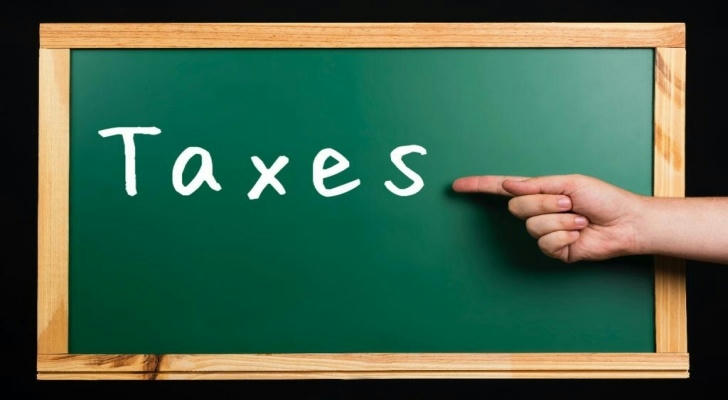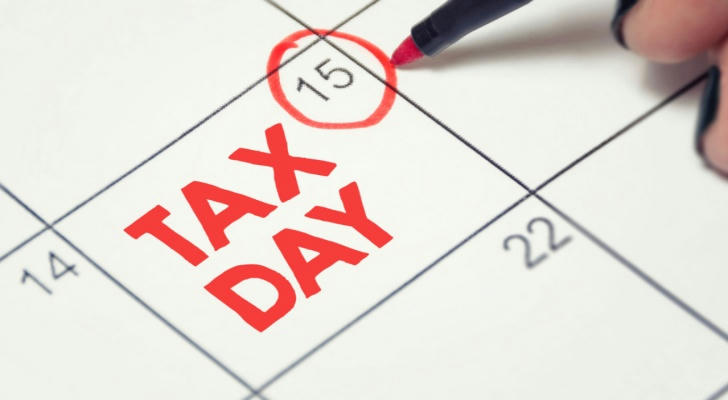Tax Filing for Newbies: Your Step-by-Step Survival Guide
For many people stepping into financial independence, the word “tax” often comes with a mix of confusion and anxiety. In reality, tax filing is not just a legal obligation—it’s a gateway to understanding your personal finances, building credit, and laying the foundation for smart money management.
This guide walks you through the complete process of filing taxes in the U.S. for the first time. With clear steps and practical tips, you'll be ready to file your return confidently and begin taking control of your financial life.

1. Do You Need to File a Tax Return?
Not everyone is required to file taxes every year, but many people should—even if their income is low. Here's why:
1.1 You Might Be Legally Required
If you earned income from wages, freelance work, platform jobs (like Uber or DoorDash), or investment returns, you may be required to file a return based on income thresholds set by the IRS.
1.2 You Might Get Money Back
Even if you earned a small amount, you may qualify for a tax refund due to tax credits like the Earned Income Tax Credit (EITC) or education-related deductions. Filing allows you to claim what you're eligible for.
1.3 You Build a Tax Record
Having a consistent tax record can support future loan applications, visa processes, and credit history verification.
2. What Documents Do You Need?
Tax filing is similar to completing a detailed questionnaire—the more organized your documents are, the easier it gets.
2.1 Identity Information
• Social Security Number (SSN) or Individual Taxpayer Identification Number (ITIN)
• Information about dependents (spouse, children) if applicable
2.2 Proof of Income
• W-2 (provided by employers)
• 1099 forms (for freelancers, gig workers, bank interest, investments, etc.)
• Other income records (cash earnings, side jobs, self-employed work)
2.3 Deductions and Credits (if applicable)
• Education expenses
• Student loan interest
• Medical costs
• Mortgage interest
• Charitable donations
• Childcare costs
• Business expenses for the self-employed
2.4 Bank Information
To receive direct deposit for refunds or to pay taxes electronically.
Tip: Organize documents into categories like "Income," "Expenses," and "Receipts" for easier processing.
3. Ways to File Your Taxes
Depending on your financial situation, there are three common ways to file:
3.1 Self-Filing (Do-It-Yourself)
Ideal for those with simple income and no major deductions. Use online platforms such as:
• IRS Free File (for income below a certain threshold)
• Tax software like TurboTax, H&R Block, or TaxAct
These tools walk you through each step using a question-and-answer format.
3.2 Filing with Tax Software
Most people choose user-friendly software that automatically calculates your refund or balance based on your data.
Pros: Fast and efficient, reduces mistakes
Note: Some features may be behind a paywall—check pricing before starting
3.3 Hiring a Professional
If your finances are complex (multiple income streams, self-employment, real estate transactions), consider a certified tax preparer such as a CPA or Enrolled Agent (EA).
Reminder: Always verify their qualifications (PTIN number) and agree on services in writing.

4. Step-by-Step Filing Process
Step 1: (Optional) Create an IRS Online Account
Not required, but highly recommended. It lets you view tax transcripts, refund status, and past filings easily.
Step 2: Input Your Information
Whether using software or doing it manually, enter your income, identity, and deduction information carefully.
Step 3: Choose a Deduction Method
The IRS allows you to choose between:
• Standard Deduction: A fixed amount that doesn’t require itemized records
• Itemized Deductions: You list specific expenses—may be better if they exceed the standard amount
For example, in 2024, the standard deduction for a single filer is $14,600. If your deductible expenses exceed that, itemizing may reduce your taxable income more.
Step 4: Let the System Calculate
The software will automatically determine your tax liability or refund eligibility based on your inputs.
Step 5: File the Return
• E-filing: Fastest and most recommended
• Mail-in Filing: Takes longer and is used in certain situations
Step 6: Save a Copy of Everything
Keep a copy of your tax return and any supporting documents for at least 3 years, in case of audits or future applications.
5. Deadlines and Extensions
Tax Day is usually April 15
If you're not ready by then, submit Form 4868 for an automatic extension—giving you until mid-October to file.
Important: An extension to file is not an extension to pay. If you owe taxes, you must estimate and pay them by April 15 to avoid penalties.
6. Getting a Refund or Making a Payment
Refund Options
• Direct Deposit: Fastest method—arrives in 2–3 weeks
• Paper Check: Slower—can take 6–8 weeks
Payment Methods
- Direct bank transfer through IRS Direct Pay
• IRS online account payment
• Credit/debit cards (may include fees)
• Mailing a check or money order
7. Common Mistakes to Avoid
| Mistake | How to Avoid It |
|---|---|
| Ignoring small side income | All income must be reported, including gig work, tips, and platform earnings |
| Typos in name or SSN | Double-check everything—small errors delay your return |
| Confusing tax credits and deductions | Credits reduce your tax bill directly; deductions reduce taxable income |
| Filing and forgetting | Taxes are part of a bigger financial picture—use the info to plan ahead |
8. What to Do After Filing
Filing your taxes is just one piece of your financial toolkit. After you're done:
1. Review your financial health
Your tax return gives a snapshot of your income and spending. Are you saving enough? Are there areas where you can cut back or invest more?
2. Plan ahead for next year
Set aside money for future taxes, especially if you freelance or work part-time. Consider adjusting your W-4 form with your employer to fine-tune withholding.
3. Start building credit awareness
Your tax filing doesn’t directly affect your credit score, but maintaining clean financial records helps with future financial planning, loans, or credit card applications.

Conclusion
Filing taxes for the first time might seem overwhelming, but it’s also a significant step in becoming financially confident. Whether you’re a full-time employee, student, freelancer, or juggling multiple gigs, understanding how taxes work empowers you to make better money decisions.
Take it one step at a time. Stay organized. Learn from each tax season. And remember—good tax habits today can lead to long-term financial health tomorrow.
Let me know if you’d like a shorter version for social media, or a follow-up article such as “Best Tax Software for Beginners” or “Tax Tips for Gig Workers.”
